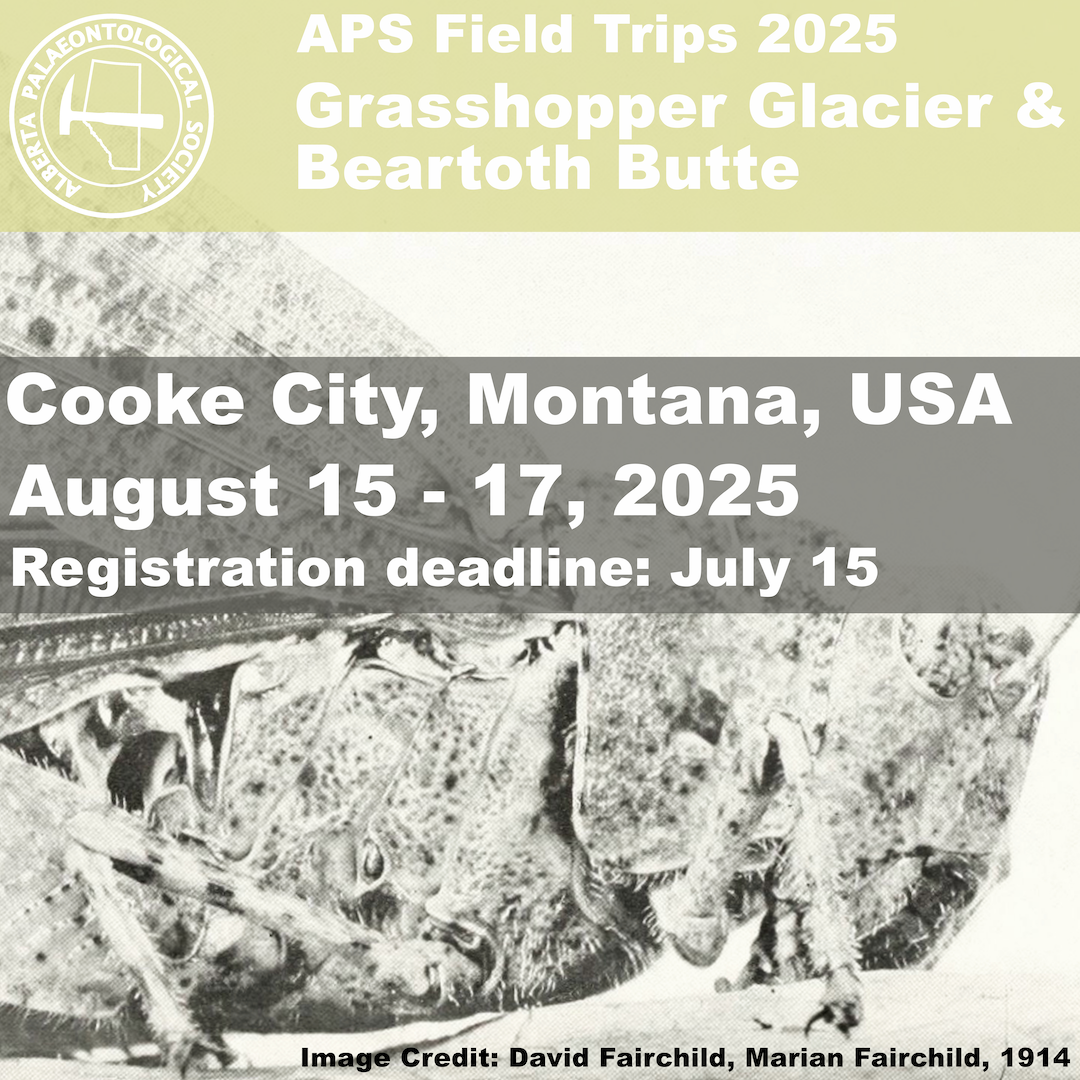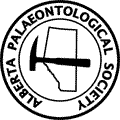Field Trip
Grasshopper Glacier (Part 1) & Beartooth Butte (Part 2), near Cooke City, Montana
Friday, August 15, 2025 - Sunday, August 17, 2025
This will be the final trip I organize for APS and it will help fulfil a childhood dream. My mother is from Montana and, as a child, I often studied road maps on many of our family trips back to her home state. On the official highway map of Montana, I saw a “point of interest” labelled “Grasshopper Glacier.” I subsequently learned that a swarm of Rocky Mountain Locust (Melanoplus spretus), a now extinct species, had become entombed in glacial ice at this spot sometime in the distant past. The glacier is located near the highest peaks in North America. Nearby Granite Peak is 3903 m (12,807 ft) in elevation! For decades, I had assumed the site was only heli-accessible but have since discovered the journey to and from the glacier may be made in a day. We are enlisting professional help from Beartooth Mountain Guides to lead us to our goal.
Using rented UTVs, we will depart Cooke City, MT and traverse approximately 10 miles of “road” to near Goose Lake, just within the Beartooth-Absaroka Wilderness boundary. From the lake, we will have to hike the remaining 3.5 miles, with an elevation gain of about 400 m (1300 ft). The hike is not particularly challenging but participants should expect off-trail travel over boulders and exposure to wind, sun and quick weather changes due to the high elevation (over 3000 m or 10,000 ft), all in bear country! Afternoon thunderstorms or even flurries are possible. The hike is extremely scenic and will take about 6 to 7-hours, round-trip. We hope to spend a minimum of one hour at the glacier before making the long journey back to Cooke City. The glacier has shrunk dramatically over the past 100 years and we may discover there are no remaining grasshoppers to observe within the ice. We will also visit an aban- doned copper mine along the same route and learn about the unique geology of the region. This trek is only recommended for those in good physical condition and, preferably, with backcountry experience. Note this portion of the trip will include a professional guide fee (us$200 per person) as well as a portion of the UTV rental (approx. us$75 per person); details are to follow.
Part two of our Montana journey will be much easier! Adjacent to scenic Beartooth Lake (about 45 minutes from Cooke City) lies a rare Devonian fish and shark fossil site. A red patch in the mid- dle of Beartooth Butte is deposits from an ancient channel system, similar to Alberta’s Yahatinda Formation. Conveniently, there is a nice US Forest Service campground at the lake and about an hour’s hike from here will get us to the locality. The site is located on a steep slope, which is exposed to quick weather changes. Although much shorter than the Grasshopper Glacier journey, I recommend you have hiking experience in the mountains before participating. However, the drive between Cooke City and Red Lodge, Montana is absolutely breathtaking and is well worth the trip on its own! It is easily comparable to, if not better than, the Going-to-the-Sun Highway in Glacier National Park. There are plenty of tourist accommodations in Cooke City and Red Lodge and many campgrounds—but expect cool to cold nights, even in August.
Note that both localities are protected sites (no collecting allowed), although we hope to photodocument fossils you are unlikely to see anywhere else. Many more details are to follow. If you sign up for this trip, please indicate if you wish to participate in one or both parts of this trip. I recommend taking 2-days to drive from Alberta to Cooke City (be warned that Google Maps will provide you with inaccurate routes until the Beartooth Highway re-opens in the spring—otherwise you will encounter some very bad advice!)
To register for this and any other trips, download and complete the field trip permission form.
Registration deadline is July 15.



